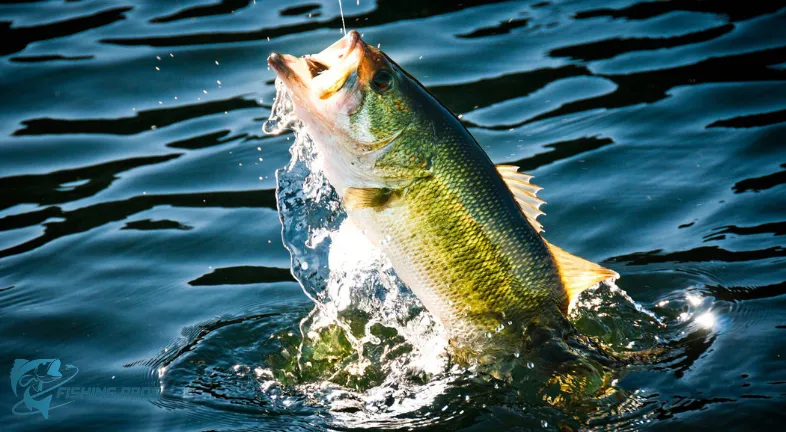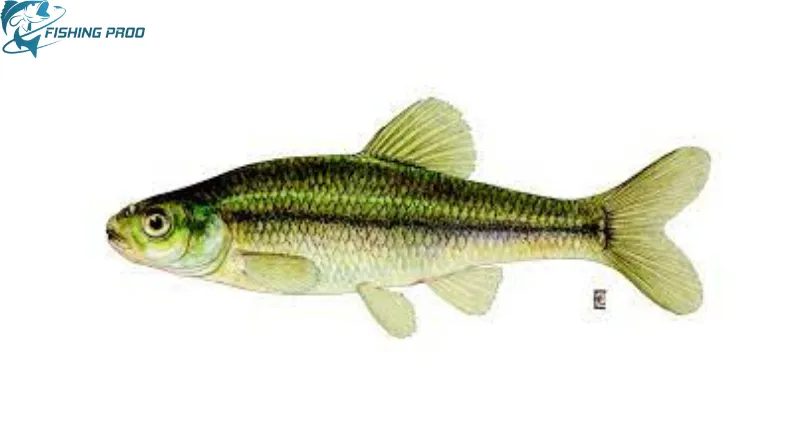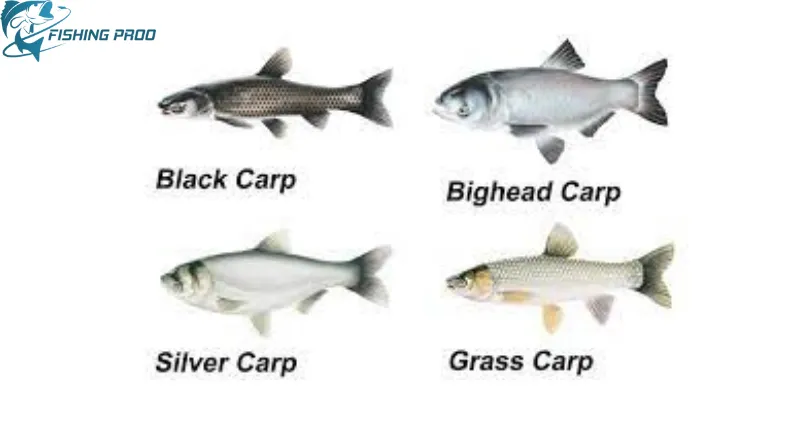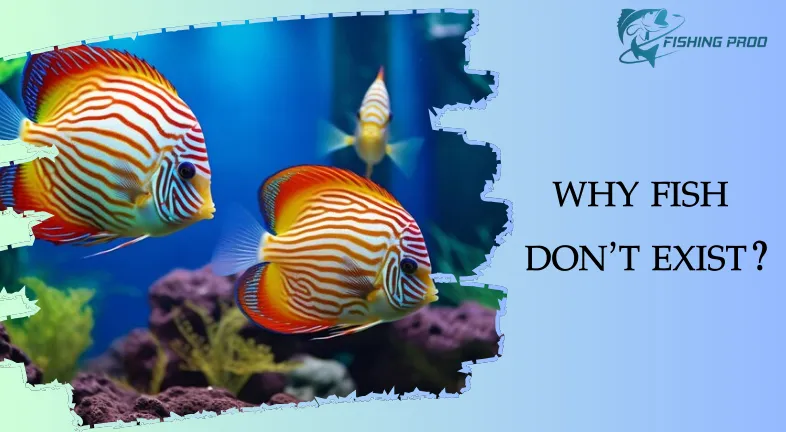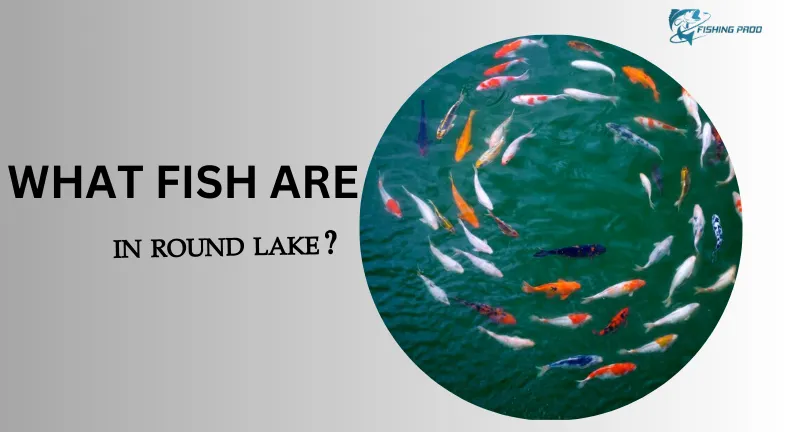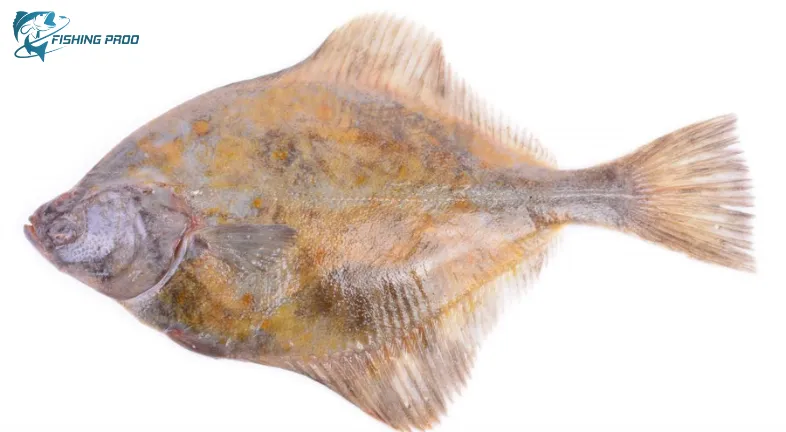CAN YOU USE BLUE GILL FOR BAIT?
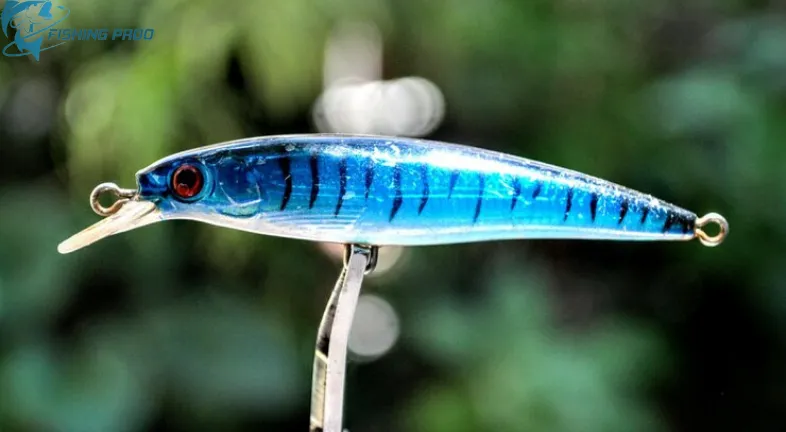
Bluegill as Bait: A Pros and Cons Analysis
In North America, bluegill, sometimes referred to as sunfish or bream, are a popular sportfish. Can these tenacious combatants, however, reverse the roles and turn into bait? With a few key caveats, the answer is indeed affirmative. Let’s explore the world of bluegill baiting, including its benefits, drawbacks, legal requirements, and moral ramifications.
The Allure of Bait for Bluegills:
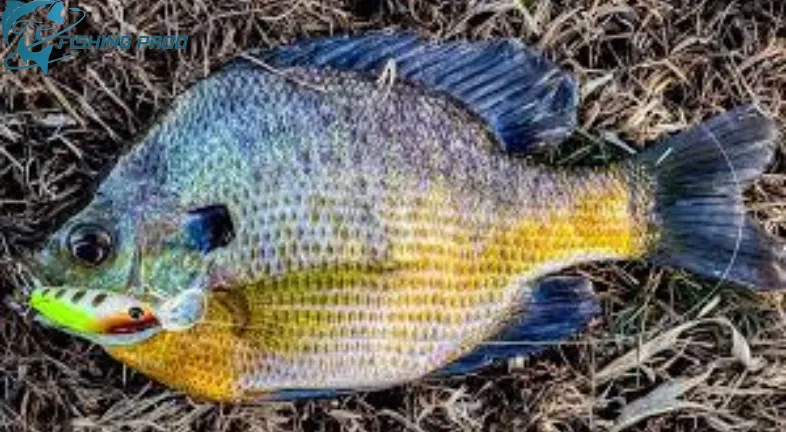
There are a few reasons why fishermen would think about using bluegill as bait:
Natural Appeal: Many larger fish species, such as walleye, bass, and catfish, naturally eat bluegill. These target fish can become strongly predatory due to their dynamic movement and recognizable shape.
Easily Accessible: Freshwater lakes, ponds, and rivers frequently have a plentiful supply of bluegill. Anglers targeting other species and catching bluegill may have easy access to bait, depending on local rules.
Hardy and Vibrant: Bluegills are a comparatively resilient fish. They have a reasonable amount of survival time on a hook, and their constant motion can draw in predators.
Prior to Throwing a Bluegill:

Although bluegill make good bait, there are a few important considerations to make before utilizing them:
Legality: Local laws governing the use of live fish as bait differ greatly. Make sure it’s legal to use bluegill as bait by always checking your local fishing regulations. Certain locations may impose limitations on the permitted species, size, or source (wild-caught versus farmed commercially).
Humaneness: One major ethical question is how any creature utilized as bait should be treated. If you choose to use bluegill as bait, make sure to quickly and humanely kill the fish before hooking them. The best techniques are those that involve a forceful hit to the head or gill plate.
Alternatives: There are a number of commercially available live bait substitutes that are frequently equally effective and subject to less ethical or regulatory constraints. Think about prepared cut bait produced from other fish or artificial lures.
Using Bluegill as Bait: An Art Form
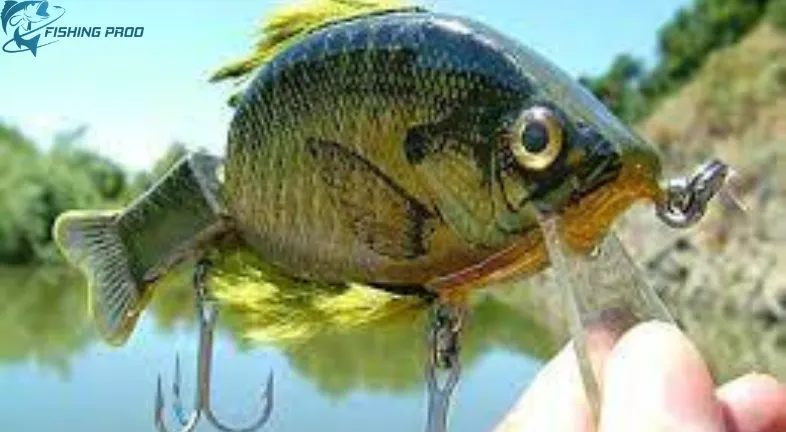
Having established that using bluegill as bait is both morally and legally acceptable in your community, the following advice will help you succeed:
Hooking: Bluegill can be hooked in a number of ways to serve as bait. Hooking them via the mouth or the back, right behind the dorsal fin, are common methods. Select a technique that minimizes damage while guaranteeing the bluegill’s ability to swim naturally.
Presentation: Vary your approach based on the species you are trying to reach. You might use a sinker to keep the bluegill close to the bottom when using bottom feeders like catfish. Bluegill can swim freely at a desired depth using a bobber, making them less vulnerable to pelagic predators like bass.
Freshness: Fresh live bait performs at its best. To keep your bluegill working, swap it out for a newer one if it’s not swimming about much.
The Overarching View:

Even though bluegill makes a good bait, it’s important to fish responsibly. Here are a few more things to think about:
Effect on Bluegill Populations: Overfishing can strain the bluegill fishery, particularly in places where there are few bluegill populations. To preserve a healthy ecology, think about using different kinds of bait or releasing bluegill using the catch-and-release method.
Sustainability: If available, choose commercially farmed baitfish. This promotes sustainable fishing methods and lessens the strain on wild bluegill populations.
Examine Your Options: There are a plethora of efficient substitutes available in the realm of prepared baits and artificial lures. Testing substitutes can be as satisfying and solves moral dilemmas.
CONCLUSION:
Although bluegill can make an alluring bait choice, it’s important to fish responsibly. Verify rules frequently, give humane treatment first priority, and take into account how actions may affect bluegill populations. Recall that there are a multitude of substitute baits available that provide efficient means of pursuing your preferred type of fish while reducing the environmental impact. Thus, whether you’re fishing for bluegill or other sustainable species, cast your line with awareness and respect and relish the excitement of the capture.

